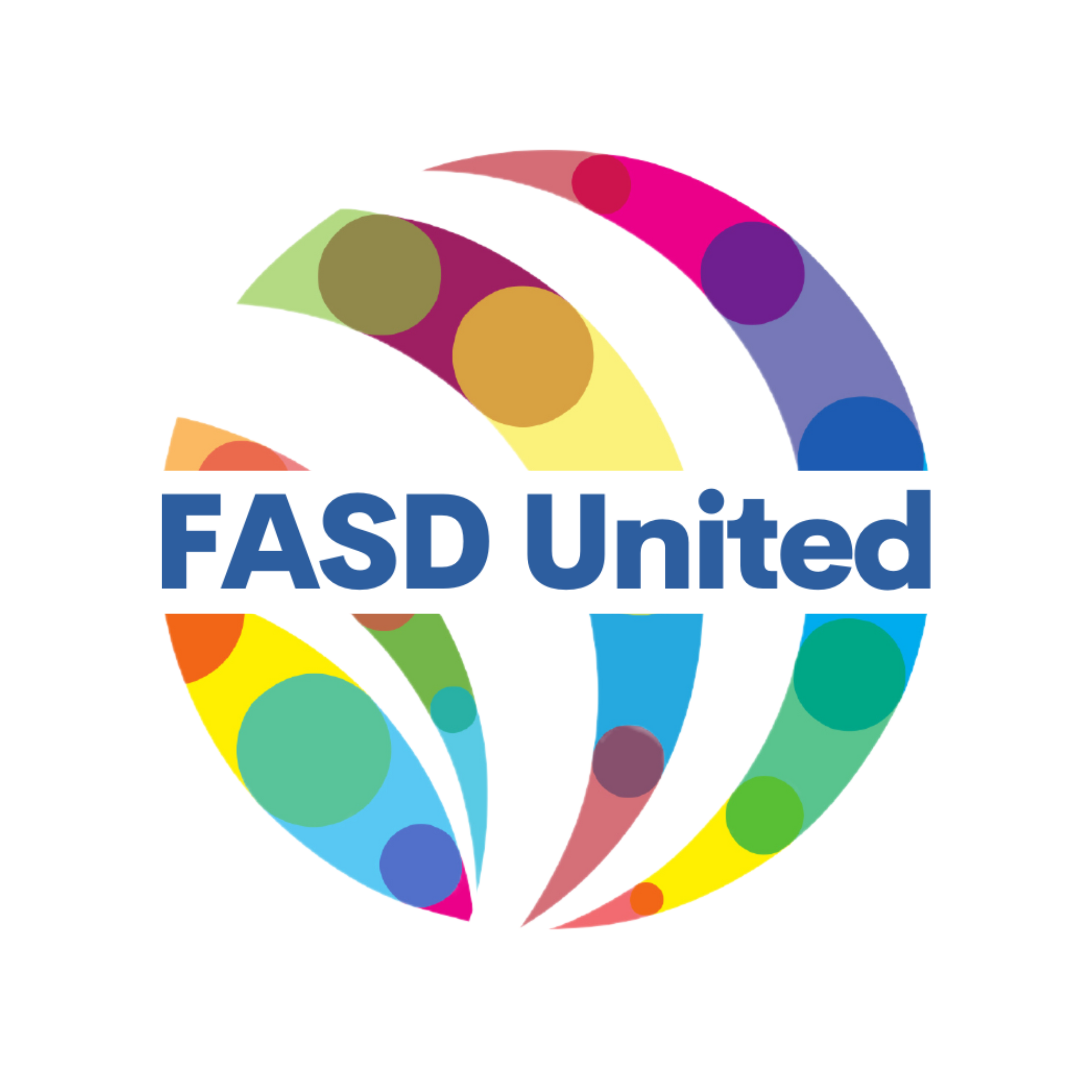Your cart is currently empty!
Language & Stigma Guide

Language and Stigma Guide
At FASD United, we are committed to ensuring stigma-free and people-centered language in our programs and initiatives.
What is the Language and Stigma Guide?
This guide will introduce and reinforce key themes related to health equity, stigma reduction, inclusiveness, positive messaging, and accurate communication. Inherent in this approach is a focus on the living experience of the FASD community rather than centering alcohol use during pregnancy.
For an overview of the guide:
Why is this Important?
We must promote the dignity and respect of individuals with FASD, their caretakers, and those who use alcohol during pregnancy by avoiding blame assignments or language and messaging that can perpetuate stigma and stereotypes. Supporting this approach is research and fact-driven information, allowing for accurate communication and avoiding politicization and segmentation of the issue. These themes emphasize support rather than complete prevention and provide a message of hope rather than fatalism.
Check out these other resources:

View and Share
FASD United is proud to present this document as a tool and resource for anyone interested in expanding their awareness of stigmatizing language and understanding of stigma-free messaging related to FASD, Substance Use, and Individuals with Living Experience.
